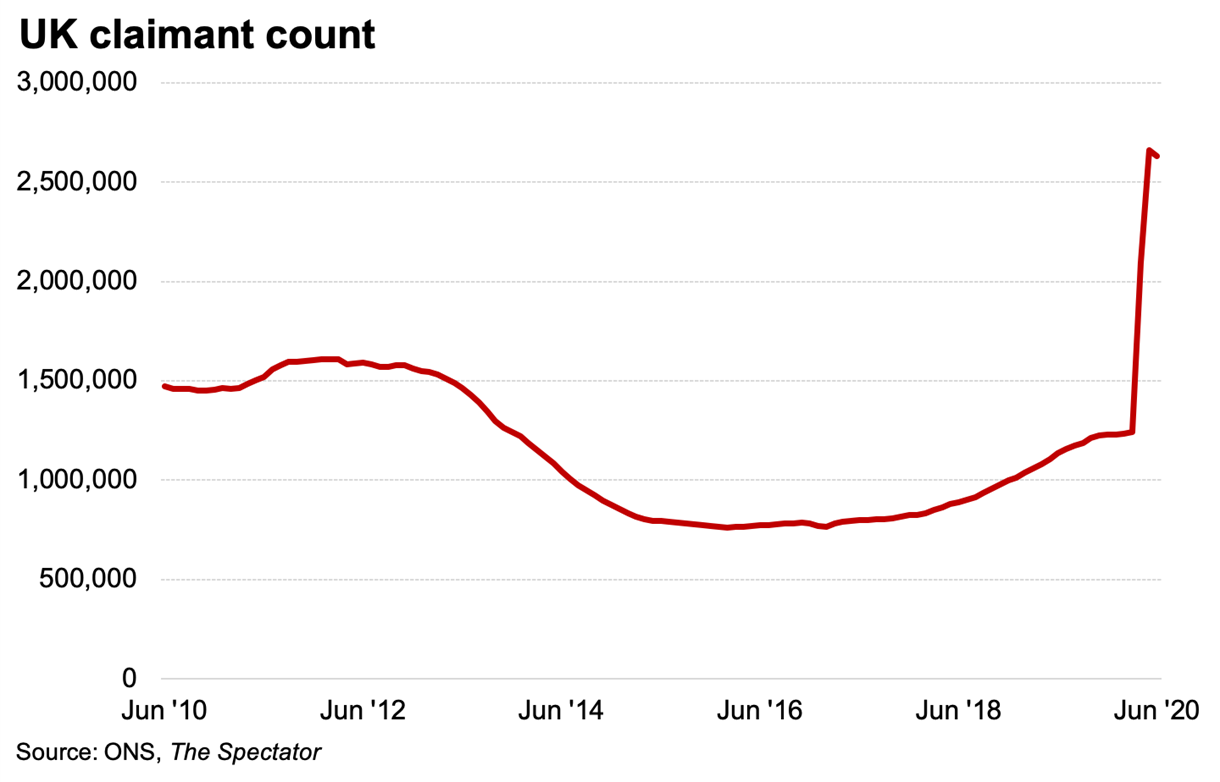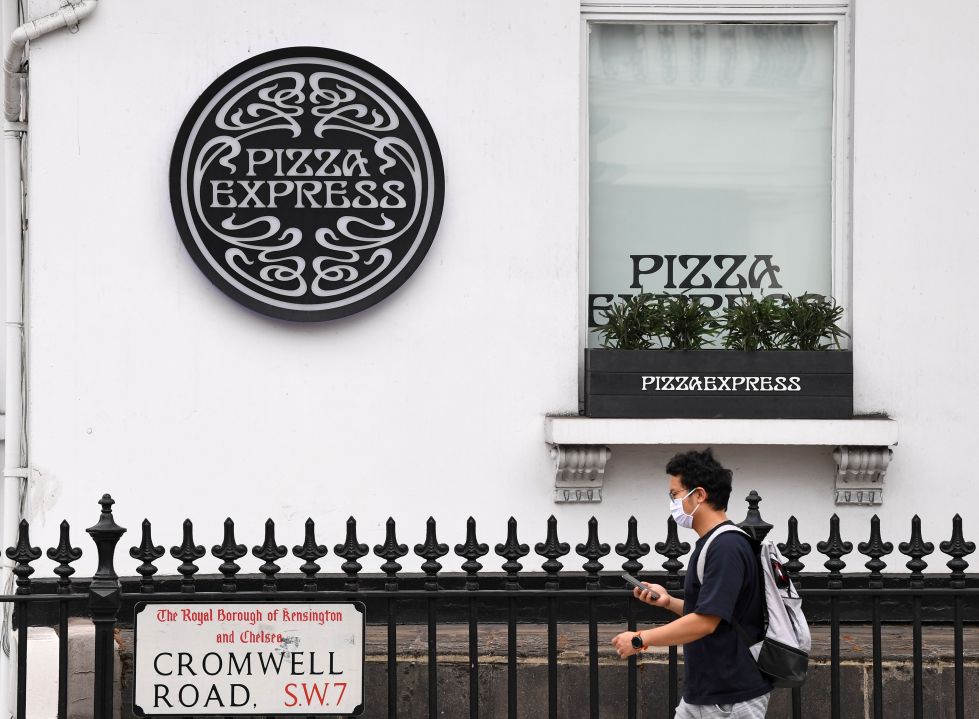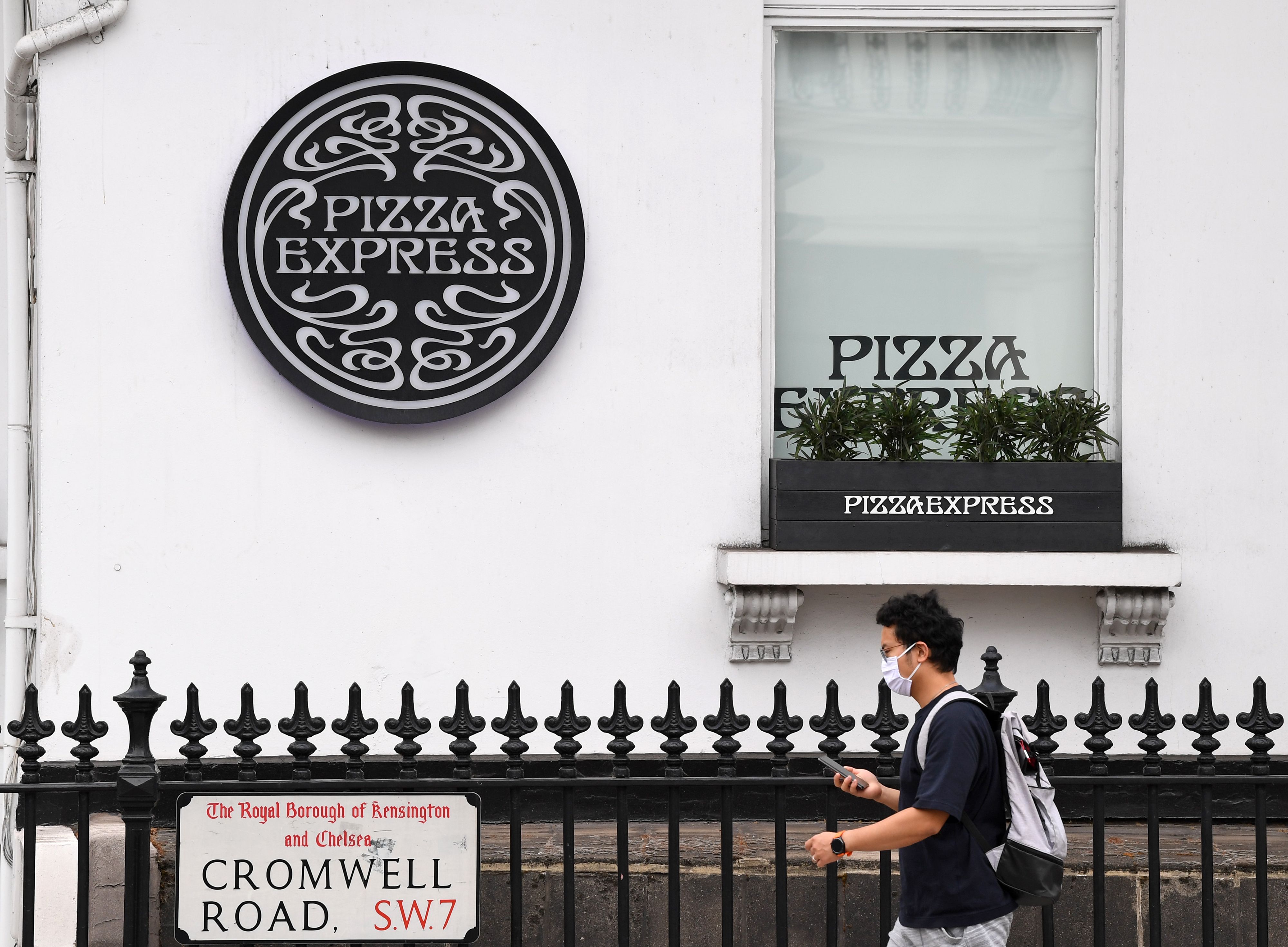As ‘Eat Out to Help Out’ kickstarts this month – giving customers 50 per cent off their meals (up to £10) at restaurants and pubs that have signed up to the scheme – the centrepiece of the Treasury’s Covid-19 policy package starts to wind down. From this month, employers will be asked to pay a small part of their employees’ wages: 5 per cent now, 10 per cent next month, and 20 per cent in October, before furlough officially comes to an end. A policy that was initially expected to have take-up from 10 per cent of businesses has become the crutch of more than one million businesses across the UK, as nearly ten million employees have been furloughed for some length of time over the past four months. Given this heavy reliance on the government to pay for workers’ salaries in these economically turbulent times, it is all but certain that as the generosity of the scheme reduces, unemployment will rise.
Many expect the jobs cliff-edge to come at the start of November, when the option to furlough employees is officially gone and employers are back to bearing the full weight of salaries and costs. But is evidence of an unemployment spike already here? This morning Pizza Express announced the closure of 67 restaurants, putting more than 1,000 jobs at risk, and Currys PC World joined in before noon to announce an axe to more than 800. In the pre-Covid-era, either of these announcements would be leading the day’s business news. Now, both fall into the general news cycle, joining DW Sports and Hays Travel who made similar announcements the day before, and countless other companies before that.

Unemployment rate data is yet to show a meaningful change from the trend of the past couple of years – but the huge rise in universal credit claims and major recession means an increase in the unemployment rate is not far behind. The question now is how much longer the furlough scheme can hold off the surge – even as it gets scaled back – and whether the economy will be in any state in a few months time to absorb and deploy newly redundant workers into different, more resilient forms of work?








Comments